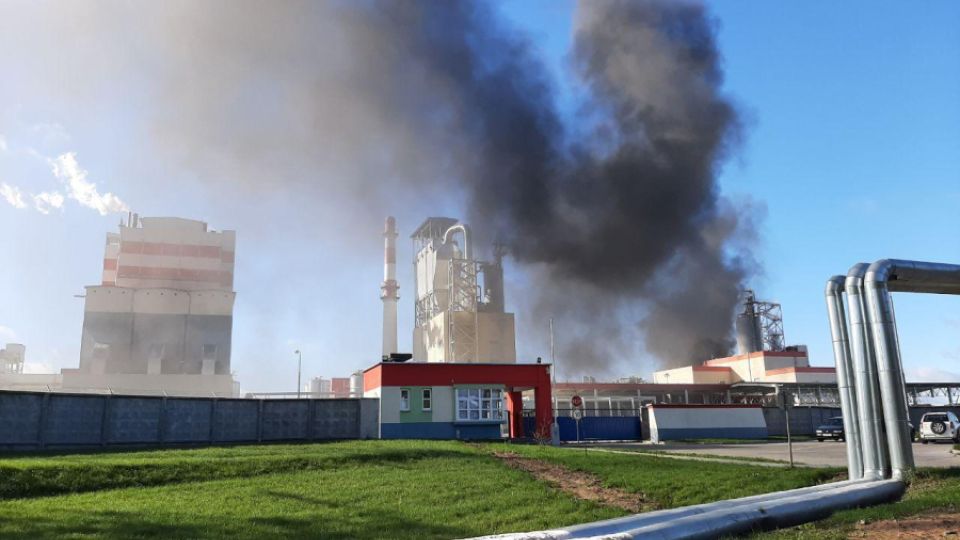A total of 244 volunteers joined the citizen air pollution monitoring network of Belarus AirMQ in 2021. Almost three and a half thousand people used the mobile app that shows the current status. The website received nearly thirty thousand visits. The NGO Ekodom coordinates citizen monitoring with the support of Arnika.
A prototype of the monitoring station was created in 2020 - since then, AirMQ volunteers have been producing the stations directly in Belarus. The station continuously monitors concentrations of fine dust particles in the air; these are key indicators because they bind dangerous toxic substances and pass through the lungs directly into the human bloodstream. The station also measures temperature and humidity, which are indicators that affect pollution levels.
An analysis of the 2021 data shows that the problems are mainly in large cities, where the main source of pollution is car traffic, and in industrial agglomerations with large companies. Rural air is relatively clean but is exacerbated by dust storms associated with intensive agriculture and drought. Storms can increase air pollution up to ten times the average.
The World Health Organisation states that the maximum concentration safe for human health is 5 micrograms of PM2.5 per cubic meter of air annually. AirMQ stations have measured levels up to four times higher in several locations. The state authorities do not carry out similar monitoring, and the citizens' network is the population's only source of this information.
You can find the full report here: https://airmq.by/#yearreport








